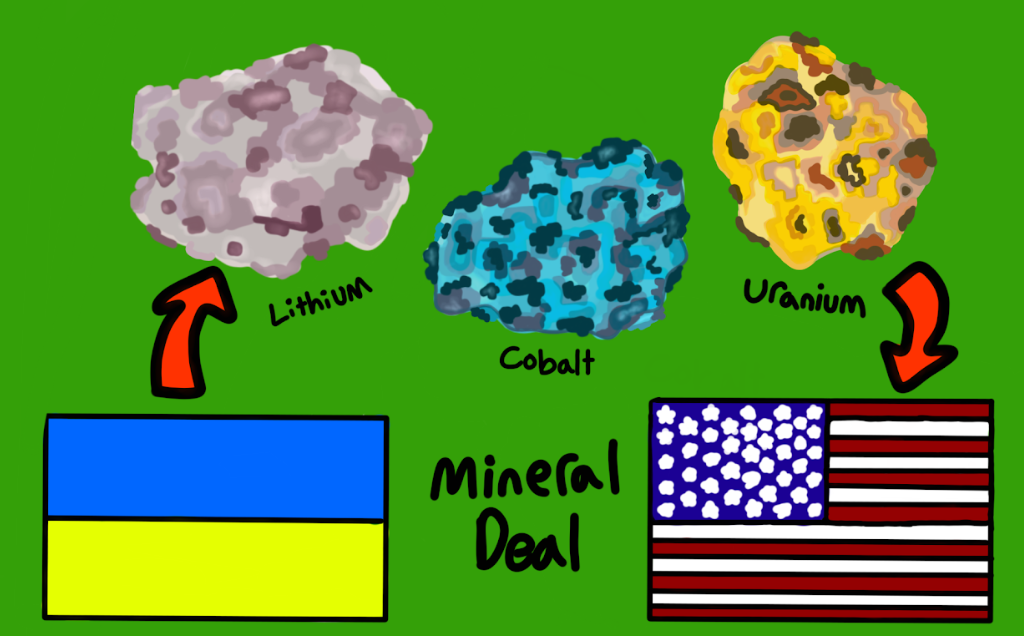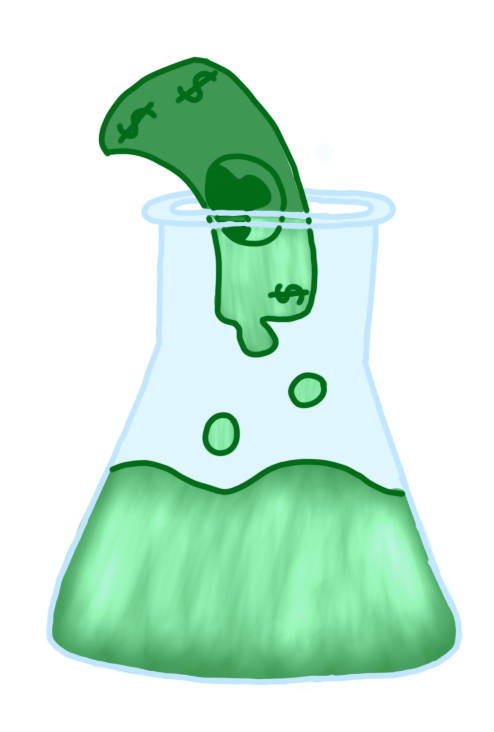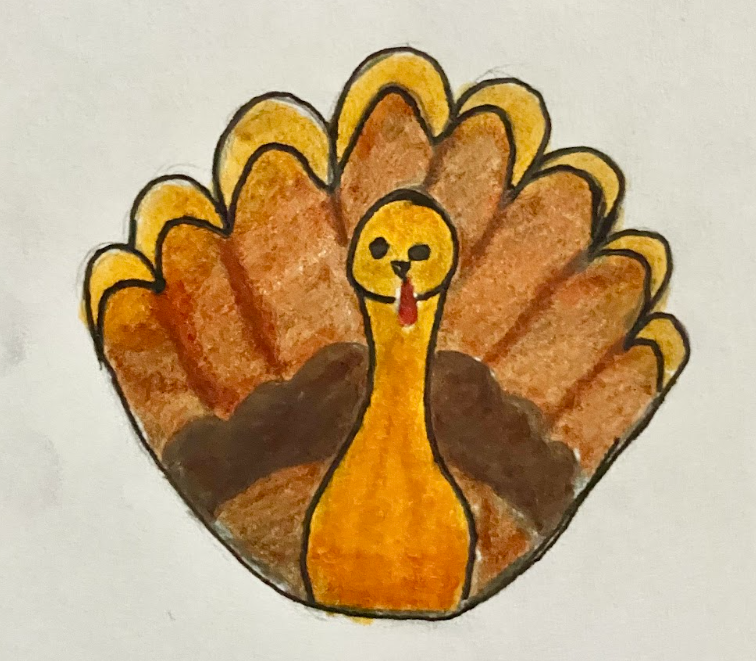Fitness doesn’t get the recognition it deserves, especially from young people. In a study from 2022, the University of Georgia (UGA) found that at least 75% of teens aren’t getting the recommended amount of physical activity. Apart from just being healthier, why should we as students take time out of the day to work out and properly eat when we could be studying instead? Life can be so stressful sometimes, so why should you add one other thing to worry about? Well it’s actually been proven by various studies and sources that exercise and becoming healthier can not only stave off health complications and ease your mind and body, but help you feel more comfortable in your body, which can improve self confidence. The way I see it, the more confident you are in yourself, the better you’ll feel overall with so many other things. Making that conscious decision to make healthier choices,whether it be getting those workouts for the week or ordering the healthier option and eating different types of food, the benefits will appear in your studies, social life, and mood.
Unfortunately many of the resources out there on making healthy changes can be unhelpful. Social media has thousands of interpretations of what being healthy means, some of which can be incredibly damaging to your mental health by making it seem like you’re not making progress fast enough when they themselves are using steroids without admitting it. This can push an unrealistic standard for those who work out, making the process too overwhelming to start or keep up with. To make self-improvement more accessible, I’ve assembled some reliable suggestions for beginners.
Despite how social media often portrays exercise, you don’t necessarily need to work out every day, every week, non-stop for the rest of your life. In fact, when working out or when being physically active, rest is one of the most important things you can give your body. It is one of the most effective and important things you can do when being physically active as it gives your muscles time to recover and repair.
So, what type of exercise should you be doing? Not everyone has access to grandiose workout equipment or a gym, but does that mean that your fitness goals are unattainable? No — it’s entirely possible to get in shape and become active without using equipment or shelling out loads of money. An effective way to begin accessible exercise is to start walking more. You can do this easily by adding some extra walking into your commute, but not to the point that you’ll make yourself late. Not only is it a relatively easy thing to adjust to, but you can walk at your own pace and explore the outdoors more. It might not be as efficient as high intensity cardio, but it is a realistic and rewarding starting point.
Apart from cardio, strength training is also important, and you don’t even need weights; bodyweight workouts can be just as effective. Commonly referred to as calisthenics, bodyweight exercises are exercises that don’t involve additional equipment — things like push-ups, squats, planks, lunges, and burpees. The best part about calisthenics is that you can do these exercises anywhere. And, as opposed to other weighted exercises that work one isolated muscle or muscle group, calisthenics work multiple muscles at once. Additionally, if you’re starting out, they can always be adjusted to be less strenuous until you build up the strength to tackle the more challenging variations.
Working out isn’t all there is to fitness, though. After all, what good will exercise do if you aren’t eating the right diet? Nutrition is a very important part of fitness and life, but many people don’t know where or how to start practicing good nutrition. I don’t blame them; there’s a lot of complications with picking out the right foods to eat. Instead of labeling certain foods as “healthy” or “unhealthy,” it’s more important to ensure you’re eating a balanced diet. To do this, you’ll need to understand macros and portions.
What are macros? Short for macronutrients, macros refer to the nutrient groups like fats, carbohydrates and proteins, each of which have their own function and importance in the body.
Clocking in at 9 calories per gram (2.25x the amount from carbs and protein), fats keep your brain and body healthy by aiding nutrient and vitamin absorption and providing energy. There are two main types of fats: saturated and unsaturated. Now, you might be asking yourself, what about trans fats? Well, most trans fats are not naturally occurring and are industrially made by adding hydrogen to liquid vegetable oils. Luckily, the FDA determined in December of last year that partially hydrogenated oils should no longer be available, as PHO’s (trans fats) will cause heart complications, a major cause of death in the United States. Similarly to trans fats, saturated fats are often seen as the bad guy. Some saturated fats that you’ll find can come from highly processed foods, like processed meats (sausage, bacon, hot dogs), pork, and butter, while others come from non-processed/minimally processed foods like several types of dairy, coconuts, and beef. Consuming these foods in moderation is completely fine, but consuming too many saturated fats leads to an increase in LDL — a harmful cholesterol that forms plaque in the arteries if it builds up — which increases the risk of heart disease, diabetes, and strokes. On the other hand, unsaturated fats raise your levels of HDL — a cholesterol that takes excess LDL to the liver to be broken down and discarded. Saturated fats might not be the healthiest, but they can be included within a healthy diet in moderation without any major down sides, though unsaturated fats will most likely be the best alternative.
Carbs often have a negative connotation, but they are necessary for your body to function. Like anything, they can be harmful when consumed in excess, but they are largely beneficial. Carbohydrates are key nutrients that are broken down into glucose — the body’s main source of energy — and allow the body to carry out necessary processes like metabolism, cognitive processing, and maintaining blood sugar levels. Sugars, fibers, and starches are all examples of carbs.The thing is, like fats, there are healthy carbs and unhealthy carbs, and there’s also some difference between added sugars and naturally occurring sugars. Natural sugars give not only a burst of energy but minerals and vitamins. Too many carbs can lead to high blood sugar (which is probably why they are often demonized), which can lead to diabetes and cardiovascular disease. But too little carbs can lead to low blood sugar. You don’t want either. Low blood sugar is uncommon in people without health complications like diabetes, but it still could be a serious problem because your brain doesn’t get the proper nutrients it needs to function properly
.
As you may have been told in your science classes, Proteins are the ‘building blocks of life’. You may have heard that proteins can rebuild tissues, serve as messengers between cells, and function as antibodies. However, some high protein diets rely on red meat, which can cause an increase in saturated fat intake and complications like kidney stones. The daily recommended amount of protein intake varies from person to person, but most sources say it should be around .8 grams of protein per every 1 kg of bodyweight (.36 g/lb for the troglodytes using the imperial system). This recommendation will also vary depending on how active the person is. The more active you are, the more your appetite increases. Proteins can help you feel full for longer because they take more time to digest than other energy sources like fats or carbs.
I’ve just dumped all this health knowledge on you, but for what purpose? The fact that so little people workout, teenagers especially, is a concerning statistic. Taking the “first step” in trying to live a healthier lifestyle can be one of the biggest positive changes that a person can make. As someone who has made radical lifestyle changes, I’ve never felt better, both physically and mentally. but I’m nowhere close to finishing my journey. Becoming healthier is something that, even if done slowly, will drastically improve your mood and life! It might not be an instant change, but consider starting today. The sooner you start, the easier it will be going forward. Exercise is a great way to relieve stress and get your mind off life’s many troubles. After all, a healthy body is a healthy mind.












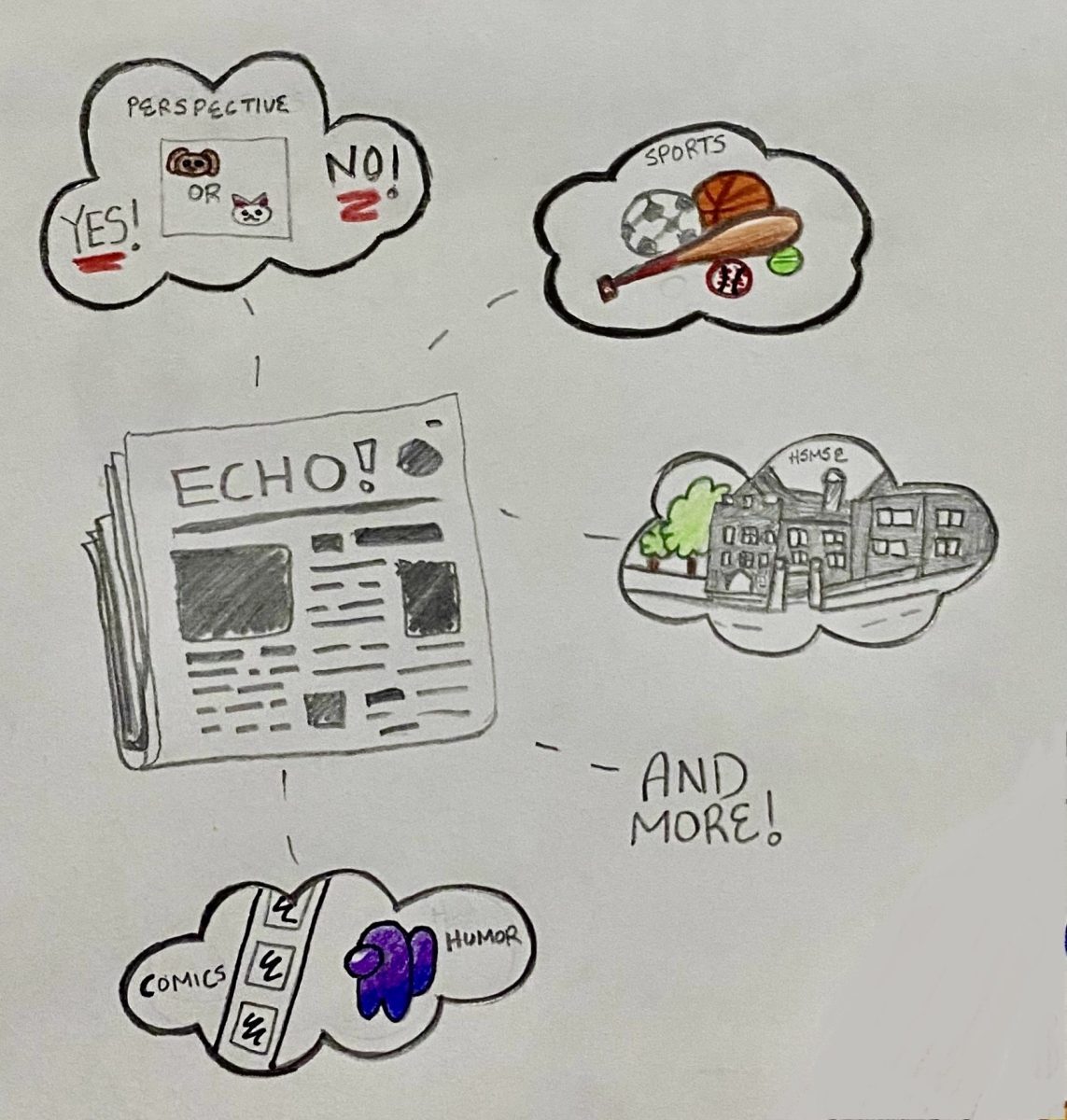


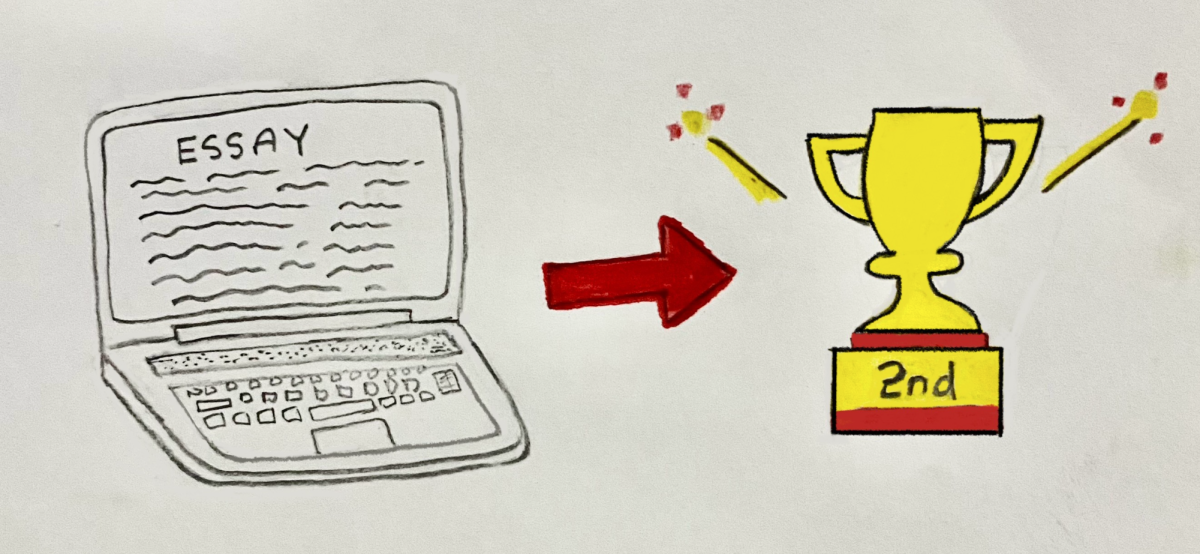
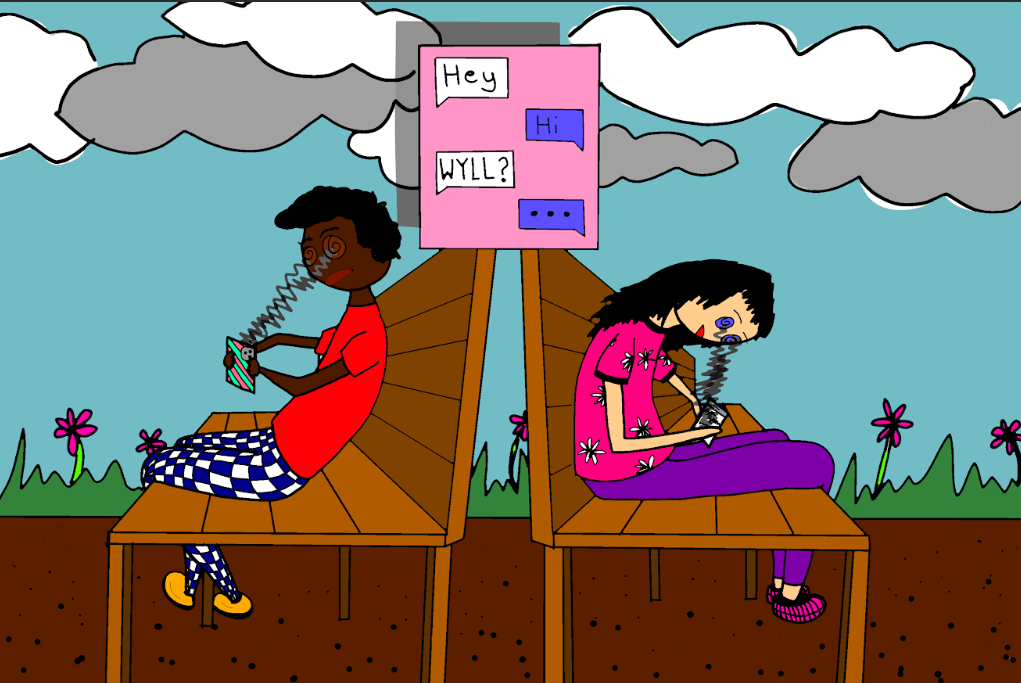
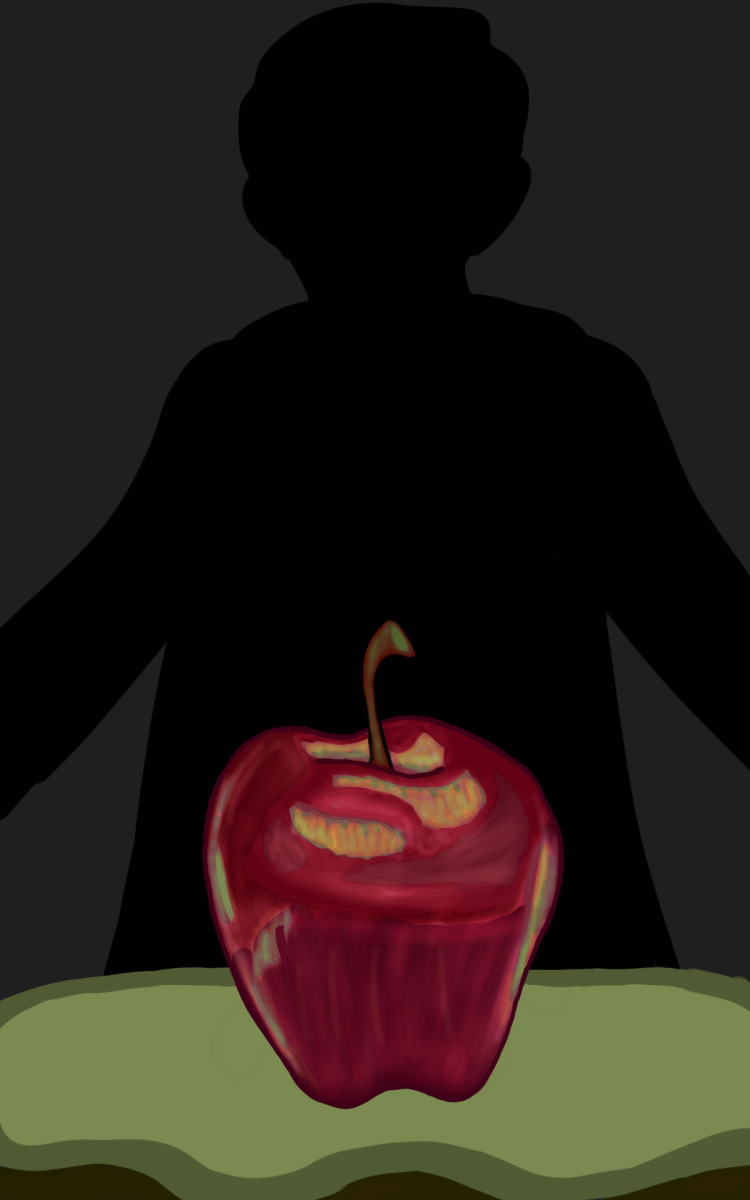

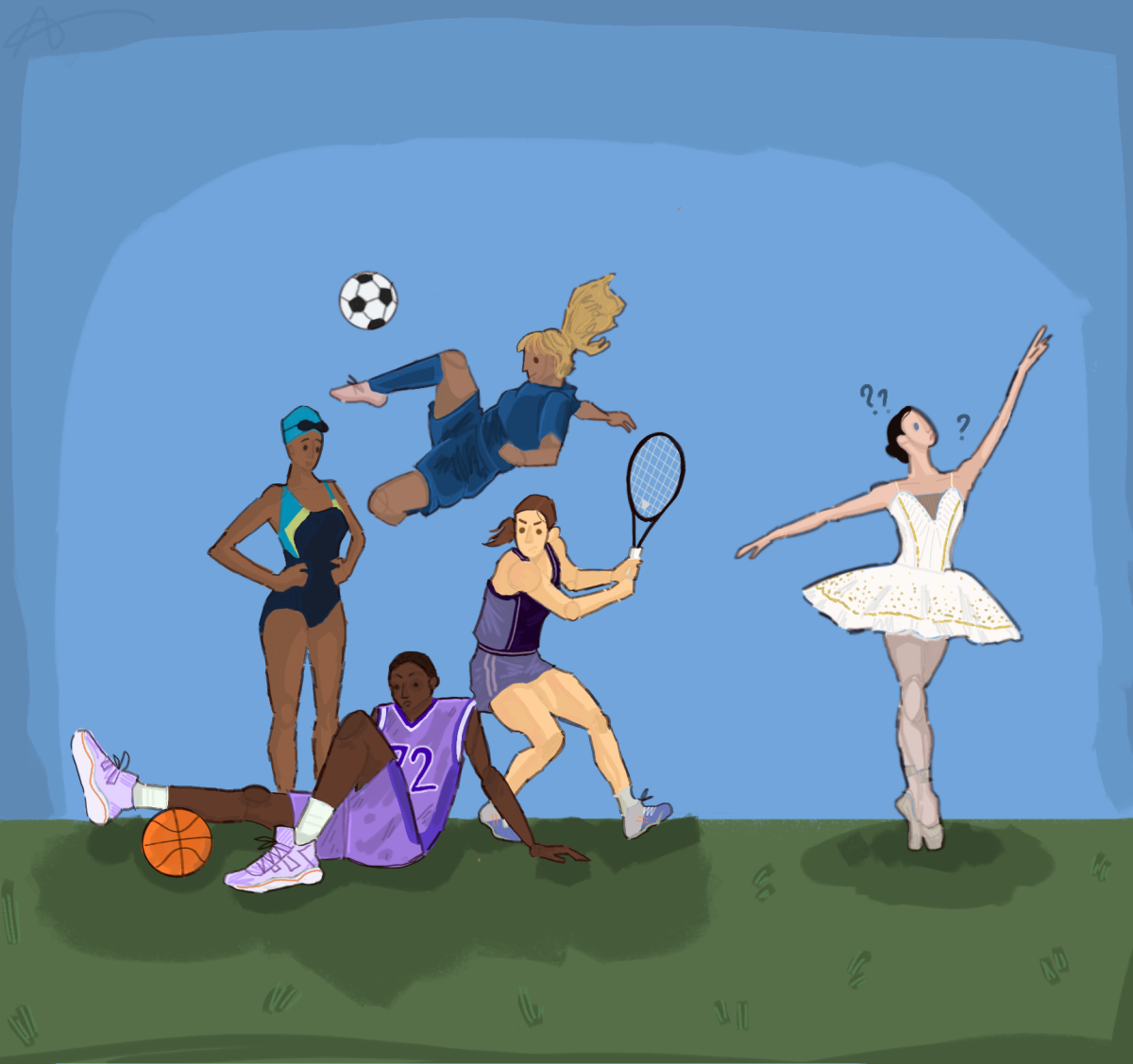

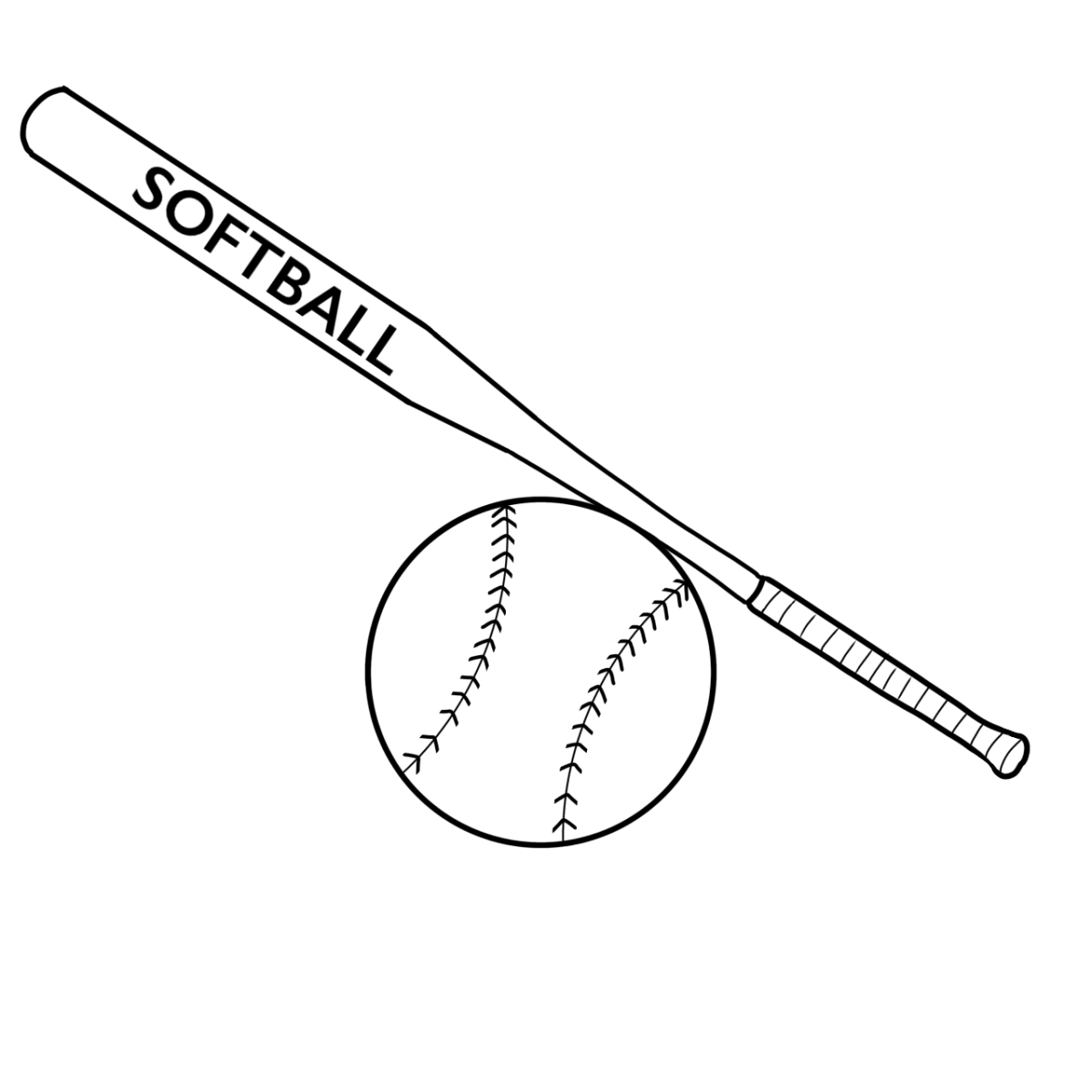

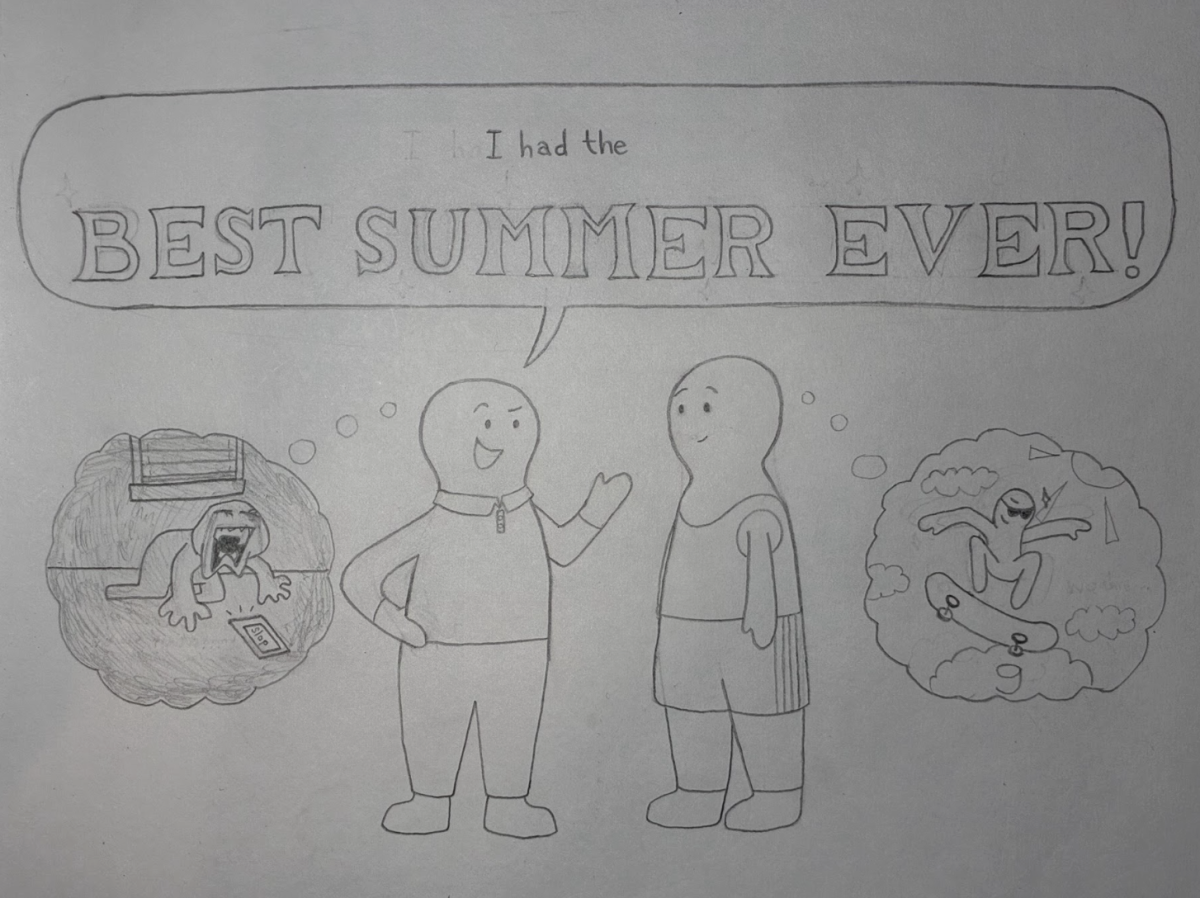
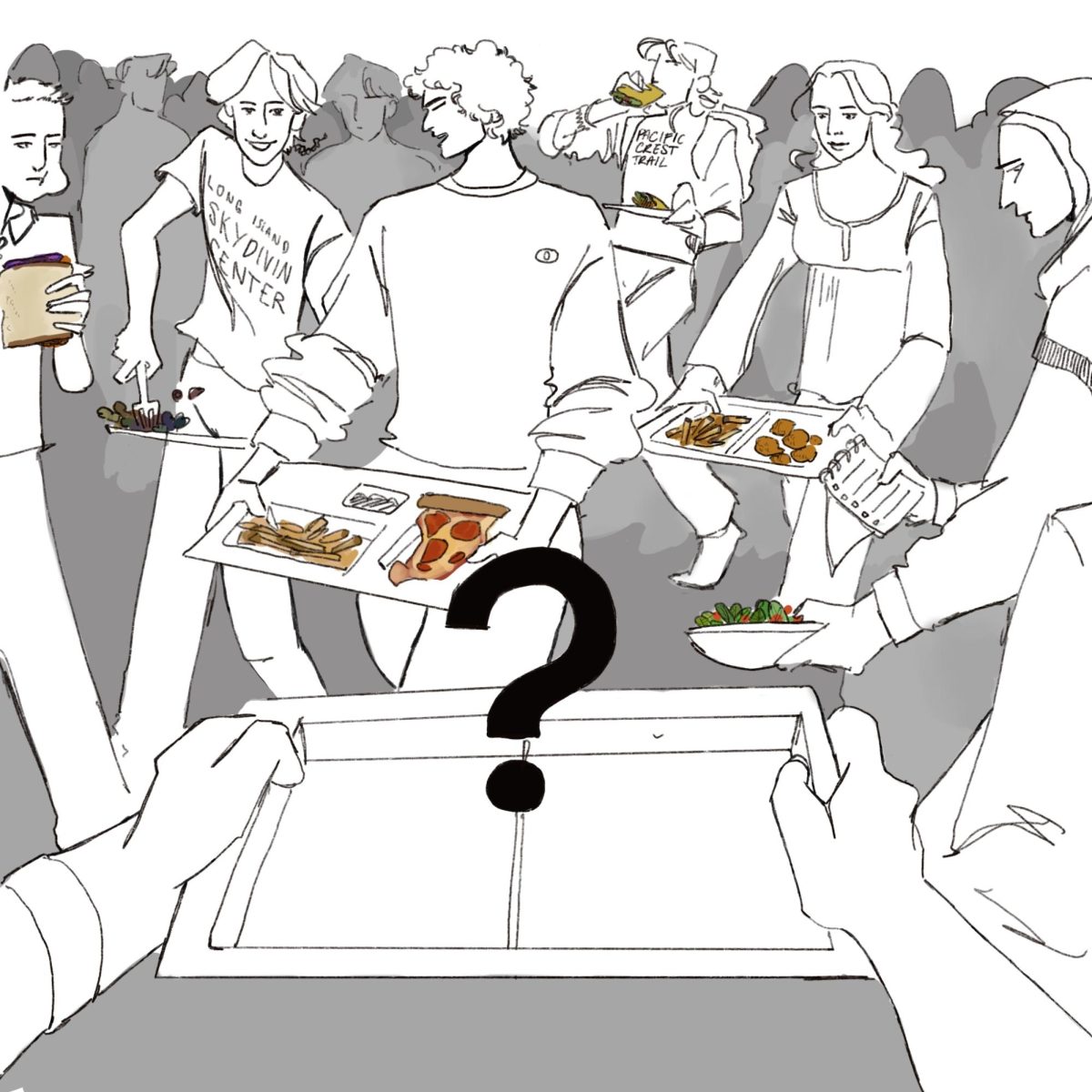

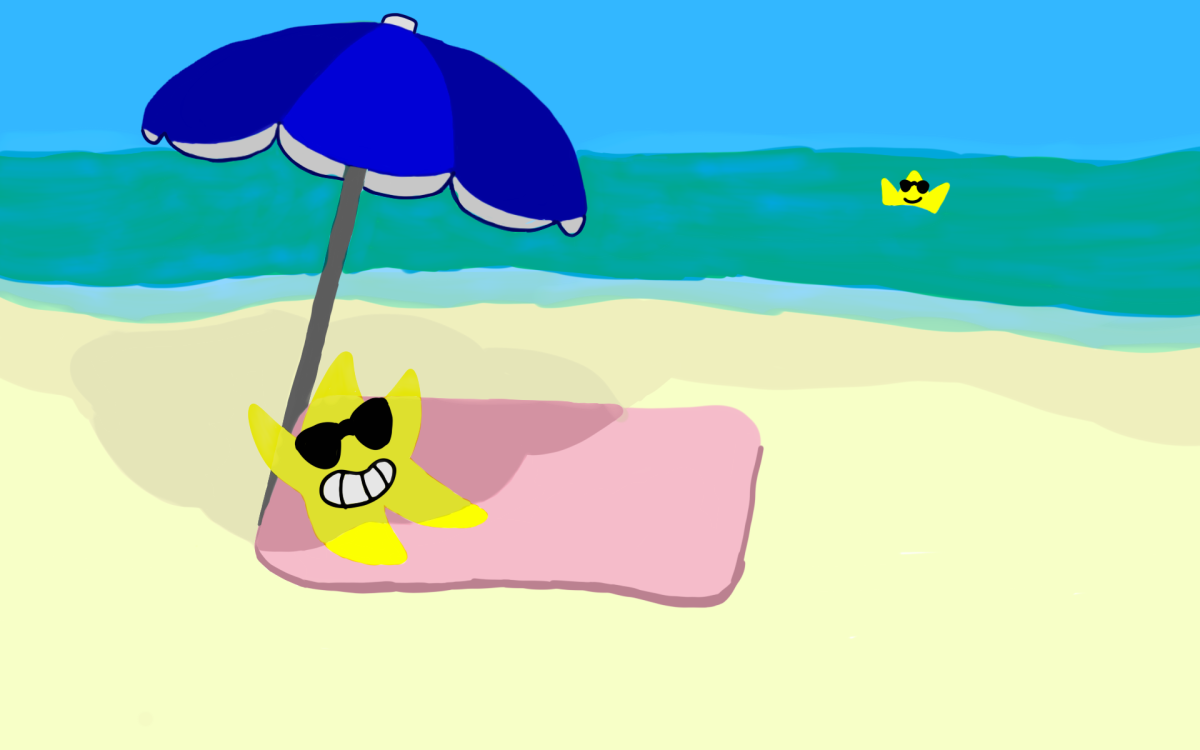

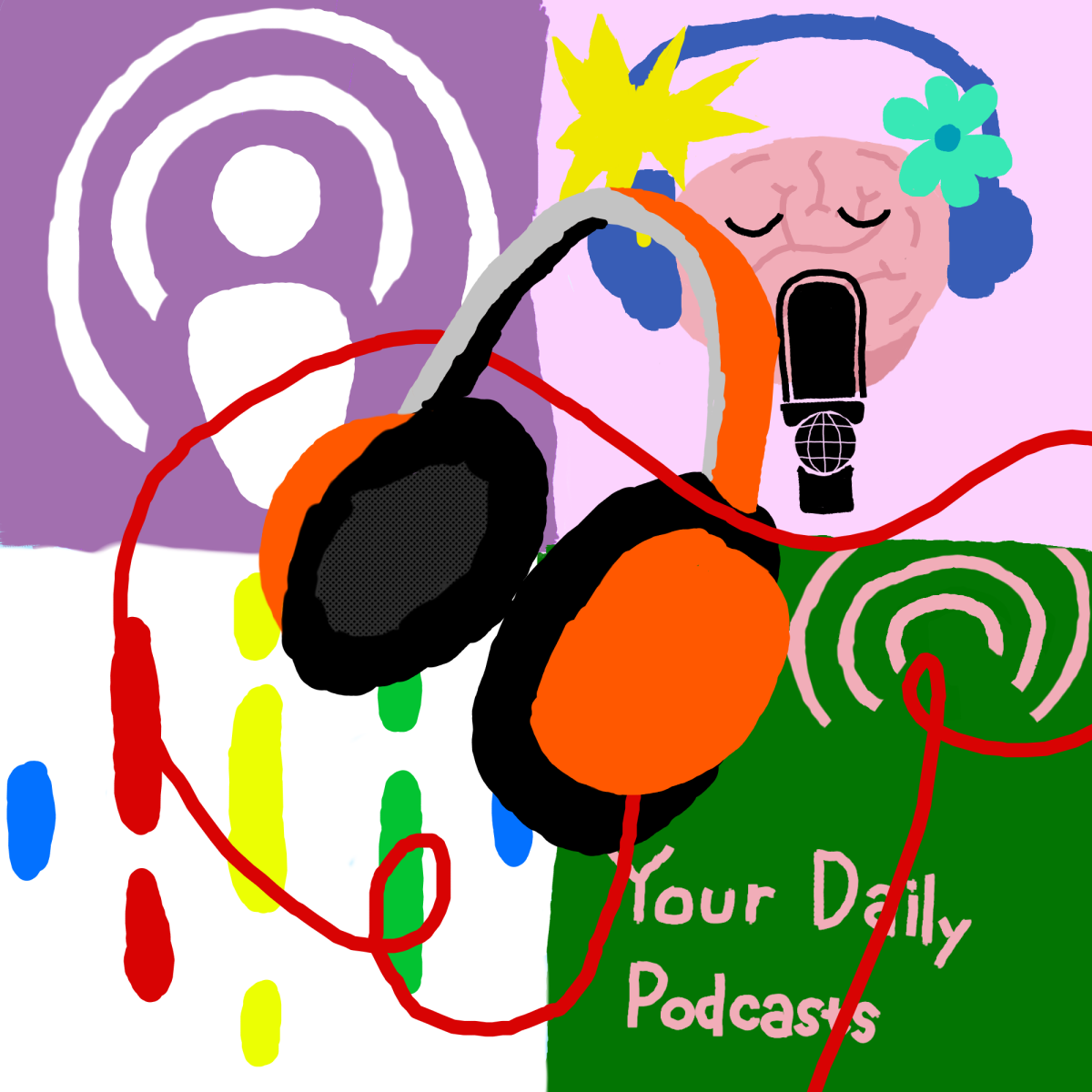

![[ERROR]: Lack of Women in the Software Industry](https://theechohsmse.com/wp-content/uploads/2024/12/APC_0280-984x1200.jpeg)


